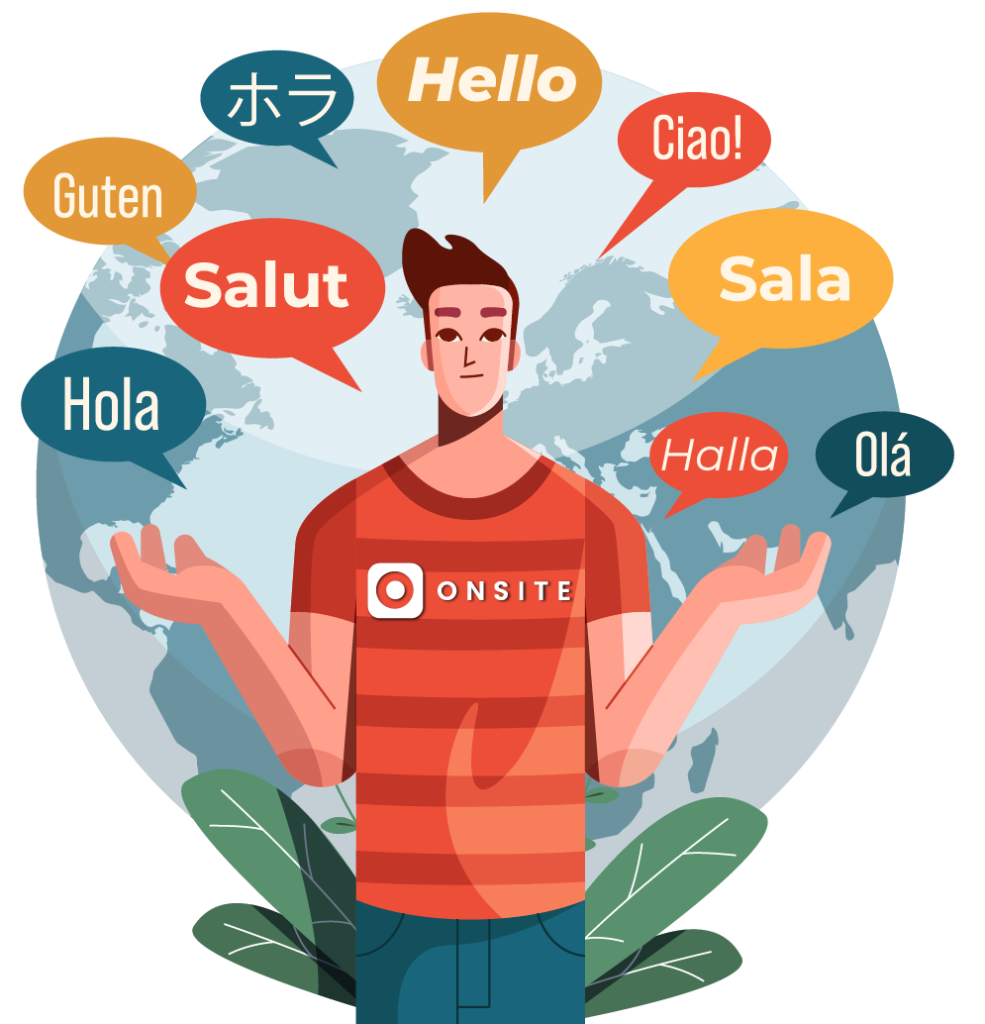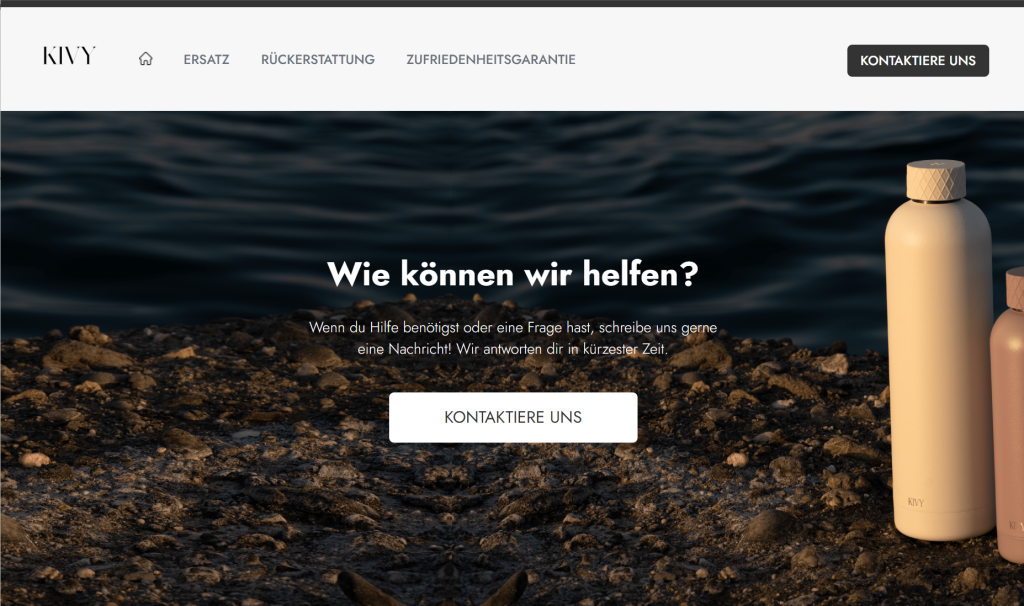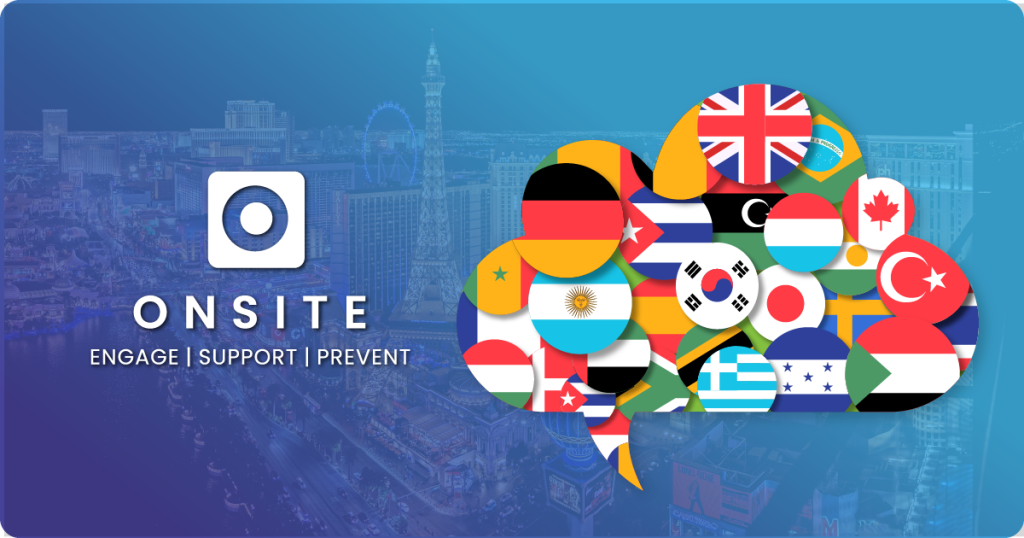Selling in multiple countries and marketplaces is rewarding, but it comes with its own set of challenges—like providing customer support in different languages. According to Unbabel’s 2021 Global Multilingual CX Report, 68% of consumers would actually switch to a brand if it offered support in their native language. And it’s not just about convenience. 57% of people actually view the lack of multilingual support as a bias. That’s a big deal for customer trust.
Interestingly, the report also found that 75% of US consumers say they’d only spend up to $500 with brands that don’t offer native-language support, while 64% would be willing to pay more if they could communicate in their own language. These numbers show that providing a multilingual customer experience isn’t just nice to have—it’s essential for building loyalty and encouraging higher spending.
So, how can businesses meet these expectations? Let’s dive into what makes multilingual customer support a game-changer for global brands and how you can effectively incorporate it into your ecommerce strategy.
The Challenges of Multilingual Customer Support

Managing customer support across multiple countries and marketplaces can be a daunting task. Here are just some of the pressing challenges you might encounter when setting up.
1. Language Barriers and Cultural Nuances
One of the biggest hurdles is the language barrier between agents and customers. It’s not just about being able to communicate. You also have to understand the nuances and cultural contexts that come with each language. Creating and maintaining support manuals, documentation, and FAQs in multiple languages is no small feat. It can quickly become overwhelming.
2. Navigating Multiple Platforms
Another challenge is the time-consuming nature of logging into each marketplace platform to view and respond to customer inquiries. Often, these platforms lack the necessary order data in their messaging systems, requiring support agents to navigate through multiple tabs and windows just to resolve a single ticket. This doesn’t just slow down the support process but also increases the chances of errors.
Within each marketplace, you also have to switch back and forth between countries. For example, on Amazon, every country has its own buyer message dashboard, order dashboard, and more. This makes it very time-consuming and hard to track everything efficiently.
3. Meeting Response Standards
Strict standards for replying to customers are another critical issue, as delayed responses can negatively impact product rankings and account health. For businesses with large teams spread across multiple countries, routing tickets to the right agent becomes a complex task. Plus, managing ticket escalation and ensuring consistent support quality across different marketplaces can be incredibly challenging without a streamlined system.
Best Practices for Implementing Multilingual Customer Support

So, how do you ace multilingual support?
- Standardize your support protocols. Develop consistent guidelines for handling customer inquiries in all languages to ensure uniform quality and service levels.
- Create custom support pages. Tailor your support pages to each country, including localized FAQs, manuals, and documentation that cater to the specific needs of your diverse customer base.
- Implement omnichannel support systems. Use a centralized system that consolidates all customer inquiries from different marketplaces and platforms into one unified inbox, simplifying the management process.
- Utilize automated responses with caution. While canned responses can save time, ensure they are well-crafted and personalized. Regularly update them to reflect the latest information and common queries.
- Monitor and analyze performance metrics. Track key performance indicators such as response time, customer satisfaction, and issue resolution rates across different languages to identify areas for improvement.
- Train support agents in cultural sensitivity. Equip your team with training that goes beyond language proficiency to include cultural sensitivity and awareness, ensuring that responses are appropriate and respectful.
How Onsite Support’s Solutions Can Help

Implementing these best practices can seem difficult, but with Onsite Support, you can seamlessly integrate these strategies into your operations. We offer a suite of tools and features designed to overcome the challenges of multilingual customer support and enhance your team’s efficiency. Here’s how Onsite Support can further assist you:
Built-in Translation:
Onsite Support provides automated translation for support tickets, ensuring accurate and quick communication with customers in their native language. This feature helps bridge the language gap and makes it easier to resolve issues promptly and avoid returns.
Custom Built Support Pages:
Tailored support pages are created for each country and language, including comprehensive knowledge base (KB) management. Onsite’s full helpdesk also includes features like canned responses by language, automations, and reporting. This provides a localized customer service experience that resonates with your diverse clientele.
Omnichannel Inbox:
A centralized inbox brings together all tickets from various marketplaces and stores, which simplifies the tracking and management of support tickets. This unified approach helps streamline the support process, ensuring no query goes unanswered.
Integration of Order Information:
Onsite Support integrates all order information within the support platform, allowing your team to access critical details effortlessly. Our integration with ChannelReply lets you issue refunds, process replacements, and respond to inquiries directly from the platform, enhancing both efficiency and customer satisfaction.
The Benefits of Using Onsite Support

Using Onsite Support can transform your customers’ support experience. Here’s how we make things smoother and more efficient for both your team and your customers.
- Efficiency and Productivity: Cut down on the hassle of switching between platforms with a centralized system. Make your support processes more efficient and your team more productive.
- Improved Customer Satisfaction: Faster response times mean happier customers. And with localized support, you’re giving them the experience they deserve, which keeps them coming back.
- Compliance with Marketplace Standards: Stay on top of marketplace requirements with timely responses. Keep your product rankings high and your seller reputation intact.
With Onsite Support, you’re not just managing customer support—you’re setting a new standard for excellence.
Success Stories With Onsite Support

Many brands have transformed their customer service experience by implementing Onsite Support. Let’s dive into some real-world success stories that showcase the difference this platform can make.
Take KIVY, for example. This interior design brand based in Düsseldorf, Germany, is all about crafting sustainable and stylish everyday items. KIVY enlisted the help of Onsite Support to design a multilingual help center. Suddenly, they could offer their diverse customer base the support they needed in their native language, making interactions smoother and more personalized.
Then there’s Miko, an international brand that saw incredible results with Onsite Support. After adopting the platform, they managed a 96% increase in ticket volume—a clear sign that they were able to handle more customer inquiries efficiently. They also cut down the number of messages per case by 18%, streamlining their communication and speeding up resolution times. And perhaps most impressively, they received 98% more positive feedback over just one year, showing how much happier their customers were with the service.
Key Takeaway: Provide a Cohesive Support Experience

In today’s global market, offering great multilingual support isn’t optional—it’s a must. Onsite Support helps you connect with your customers in their preferred language, enhancing their experience and building loyalty. It’s about making sure your customers feel valued and understood, no matter where they are.





